One of just 36 Grand Sport Talbot-Lagos produced between 1947 and 1953, this remarkable car was bodied by one of France’s most flamboyant coachbuilders, Jacques Saoutchik of Neuilly-sur-Seine. Born Iakov Saoutchick in the Ukraine in 1880, the young Saoutchik had arrived in Paris in the early 1900s. A cabinet maker by trade, he quickly graduated into the coachmaking craft, exhibiting his first motor bodies in 1905. Saoutchik, recalled the noted designer and historian Philippe Charbonneaux, ‘took every possible risk. Nicknamed “Viollet-le-Duc”, he never hesitated to embellish with chrome or even gilt. Obsessed with form… visual magic is what he was after’. That ‘visual magic’ was expressed in the brightwork appliqué that adorned so many of Saoutchik’s bodies, highlighting the dominant lines of the coachwork. Other coachbuilders appreciated the graceful flowing contours of Saoutchik’s bodywork: ‘He was a real craftsman, that fellow,’ said Howard ‘Dutch’ Darrin of Hibbard & Darrin. ‘He was also one of the few coachbuilders in France then who wasn’t copying us in some way. I particularly remember his beautifully finished interiors. Yes, he was definitely a man with his own ideas.’ Those ‘own ideas’ included many daring novelties - transformable bodies, cars with removable windshields, parallel opening doors on pantograph linkages – but it was that love of ornamentation for which he is particularly remembered. ‘Ambitious, scheming, passionate about modern art’, Jacques Saoutchik’s prime obsession was with shape, and that ‘plastic audacity’ was never better expressed than in his bodies on Lago-Talbot chassis. This fine example of his work shows him combining the fashionable ‘pontoon’ style with his postwar trademark tapered teardrop style in a body virtually half whose length is the hood; indeed, the steering wheel hub is at the midpoint of the body length. Only 36 Grand Sport chassis were made, this car being built on the short (104 inch) wheelbase Grand Sport chassis. It was delivered to its first owner, a Monsieur Cayala, in France on 17 October 1950. The car later passed to an enthusiast in Germany and subsequently to Maurice Harloux of Belgium. American collector Paul Myers purchased the Grand Sport from M Harloux, and it was subsequently purchased by the Rosso Bianco Collection. Although an exhibit for the last few years, and re-commissiong is always recommended for such motorcars, it is reported that engine, gearbox and brakes were in operational order. It was one of a very special breed, for its 4.5-litre power unit was derived from the successful Grand Prix engine that carried the blue of France to victory both before and after the War. "Whenever one of my cars wins a race, I feel that I am paying a moral debt to the country which has permitted me to realize my life's dream," said Tony Lago rather pompously in 1946, the year in which he launched his new "Lago-Record" road car. It was the world's most powerful production car, with a 4.5 liter engine derived from the Grand Prix power unit, but with twin high-set camshafts. But in many respects the Record model was over-engineered and heavy, and it was to make up for this that the lighter and livelier Grand Sport, its engine uprated to 190 bhp with triple Zenith-Stromberg carburetors - was conceived to make the most of the make's formidable reputation. Indeed, the Grand Sport was virtually a widened and lengthened Talbot Grand Prix car, its 125-mph potential making it a claimant for the title of the world’s fastest production chassis. Lago offered the Grand Sport in two wheelbase lengths -104 and 110 inches. These were potent and expensive cars, and despite the unfavorable climate in which luxury car manufacturers were forced to operate after the war, the great carrossiers like Saoutchik and Figoni & Falaschi were still around to create some wondrously opulent bodywork on Talbot-Lago chassis. Indeed, a Saoutchik-bodied Talbot-Lago was chosen as the official car of the French Pr
One of just 36 Grand Sport Talbot-Lagos produced between 1947 and 1953, this remarkable car was bodied by one of France’s most flamboyant coachbuilders, Jacques Saoutchik of Neuilly-sur-Seine. Born Iakov Saoutchick in the Ukraine in 1880, the young Saoutchik had arrived in Paris in the early 1900s. A cabinet maker by trade, he quickly graduated into the coachmaking craft, exhibiting his first motor bodies in 1905. Saoutchik, recalled the noted designer and historian Philippe Charbonneaux, ‘took every possible risk. Nicknamed “Viollet-le-Duc”, he never hesitated to embellish with chrome or even gilt. Obsessed with form… visual magic is what he was after’. That ‘visual magic’ was expressed in the brightwork appliqué that adorned so many of Saoutchik’s bodies, highlighting the dominant lines of the coachwork. Other coachbuilders appreciated the graceful flowing contours of Saoutchik’s bodywork: ‘He was a real craftsman, that fellow,’ said Howard ‘Dutch’ Darrin of Hibbard & Darrin. ‘He was also one of the few coachbuilders in France then who wasn’t copying us in some way. I particularly remember his beautifully finished interiors. Yes, he was definitely a man with his own ideas.’ Those ‘own ideas’ included many daring novelties - transformable bodies, cars with removable windshields, parallel opening doors on pantograph linkages – but it was that love of ornamentation for which he is particularly remembered. ‘Ambitious, scheming, passionate about modern art’, Jacques Saoutchik’s prime obsession was with shape, and that ‘plastic audacity’ was never better expressed than in his bodies on Lago-Talbot chassis. This fine example of his work shows him combining the fashionable ‘pontoon’ style with his postwar trademark tapered teardrop style in a body virtually half whose length is the hood; indeed, the steering wheel hub is at the midpoint of the body length. Only 36 Grand Sport chassis were made, this car being built on the short (104 inch) wheelbase Grand Sport chassis. It was delivered to its first owner, a Monsieur Cayala, in France on 17 October 1950. The car later passed to an enthusiast in Germany and subsequently to Maurice Harloux of Belgium. American collector Paul Myers purchased the Grand Sport from M Harloux, and it was subsequently purchased by the Rosso Bianco Collection. Although an exhibit for the last few years, and re-commissiong is always recommended for such motorcars, it is reported that engine, gearbox and brakes were in operational order. It was one of a very special breed, for its 4.5-litre power unit was derived from the successful Grand Prix engine that carried the blue of France to victory both before and after the War. "Whenever one of my cars wins a race, I feel that I am paying a moral debt to the country which has permitted me to realize my life's dream," said Tony Lago rather pompously in 1946, the year in which he launched his new "Lago-Record" road car. It was the world's most powerful production car, with a 4.5 liter engine derived from the Grand Prix power unit, but with twin high-set camshafts. But in many respects the Record model was over-engineered and heavy, and it was to make up for this that the lighter and livelier Grand Sport, its engine uprated to 190 bhp with triple Zenith-Stromberg carburetors - was conceived to make the most of the make's formidable reputation. Indeed, the Grand Sport was virtually a widened and lengthened Talbot Grand Prix car, its 125-mph potential making it a claimant for the title of the world’s fastest production chassis. Lago offered the Grand Sport in two wheelbase lengths -104 and 110 inches. These were potent and expensive cars, and despite the unfavorable climate in which luxury car manufacturers were forced to operate after the war, the great carrossiers like Saoutchik and Figoni & Falaschi were still around to create some wondrously opulent bodywork on Talbot-Lago chassis. Indeed, a Saoutchik-bodied Talbot-Lago was chosen as the official car of the French Pr


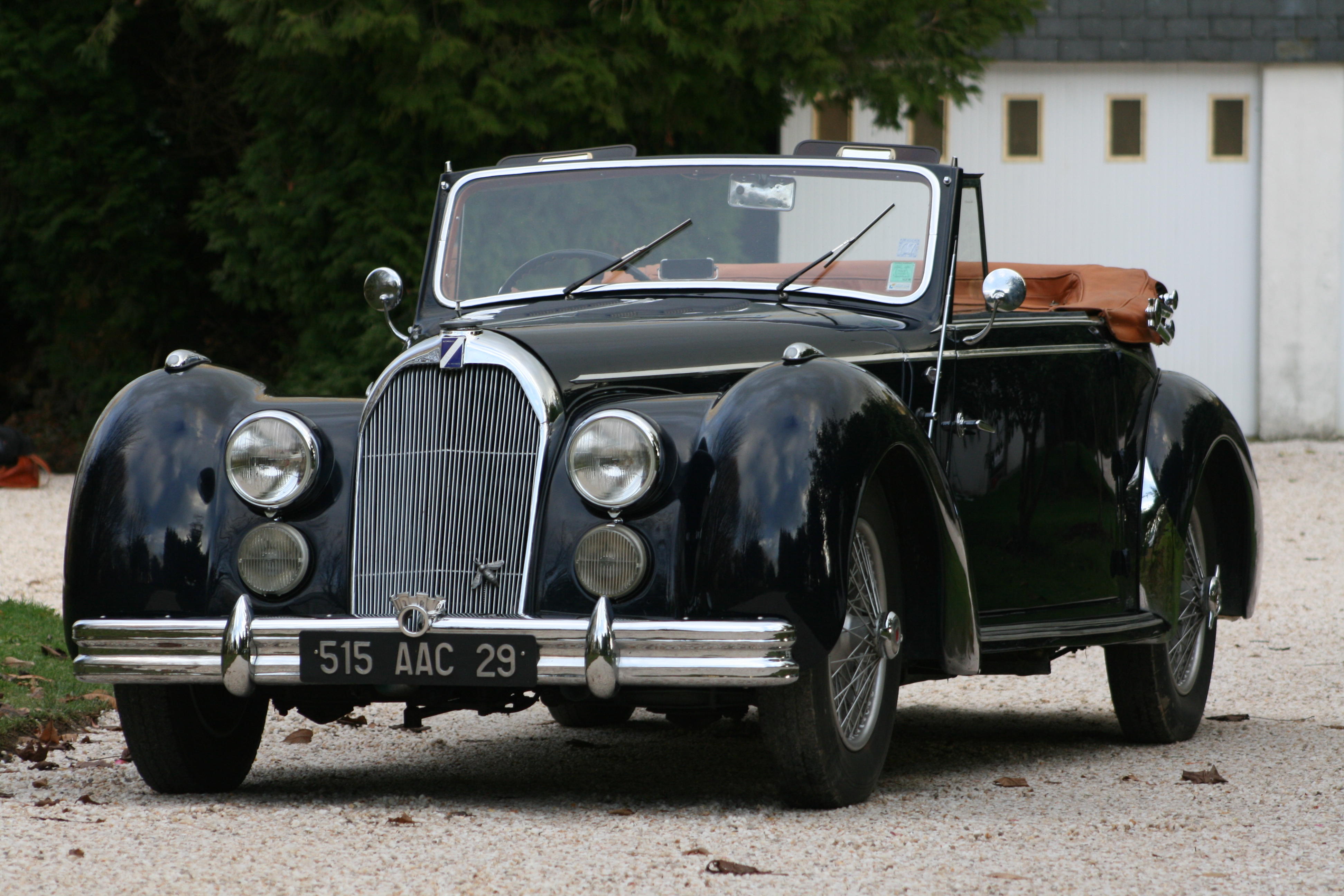
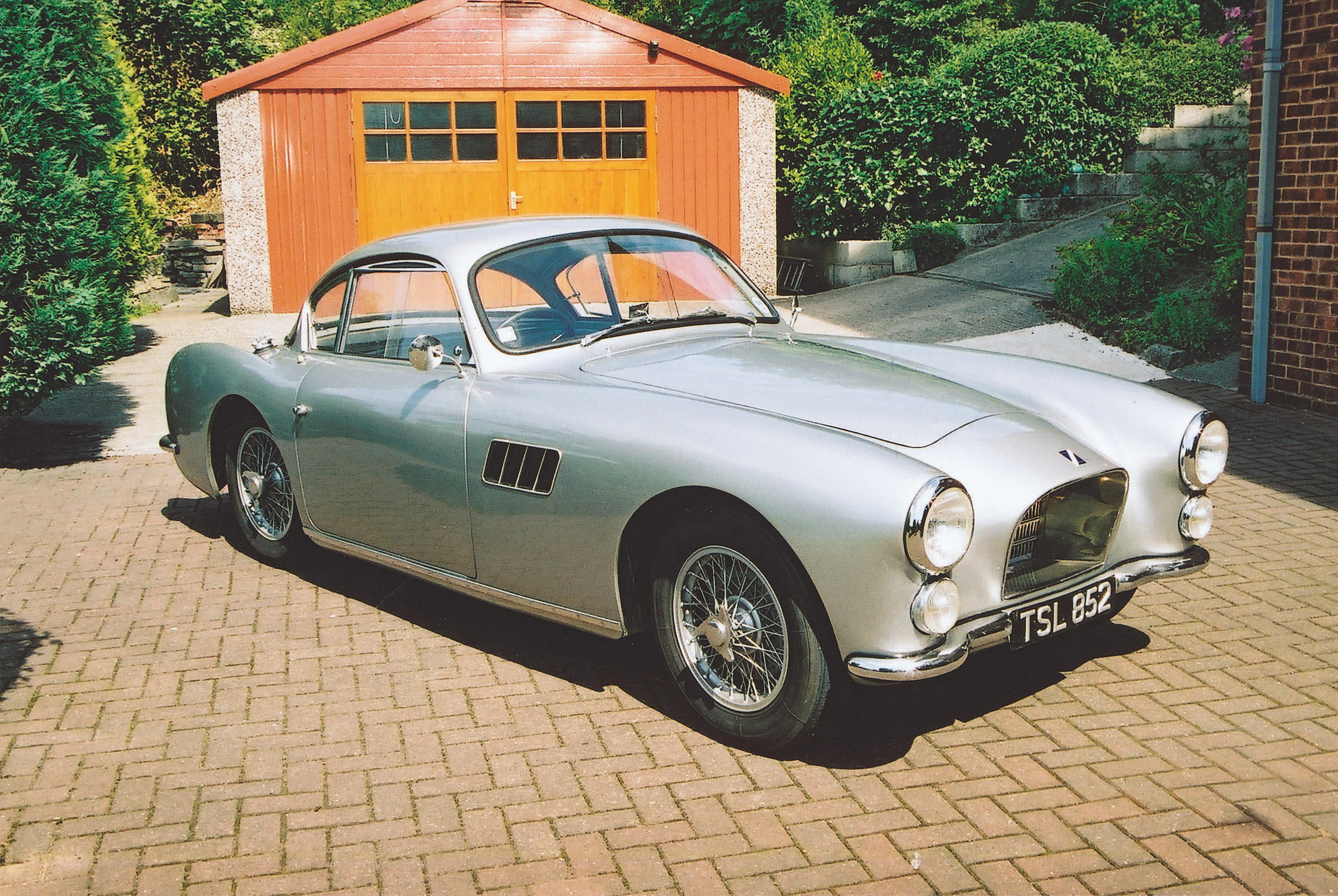

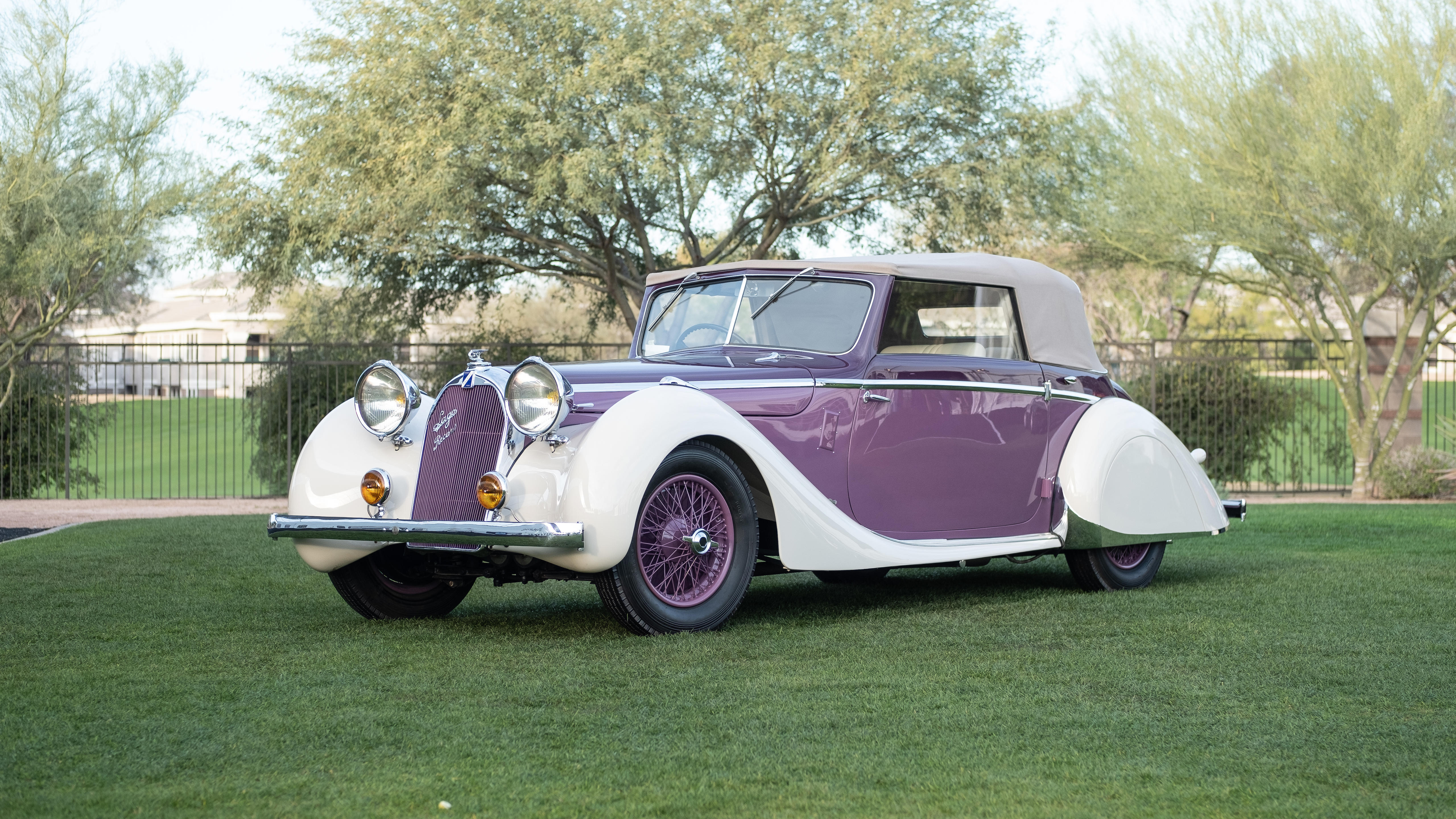
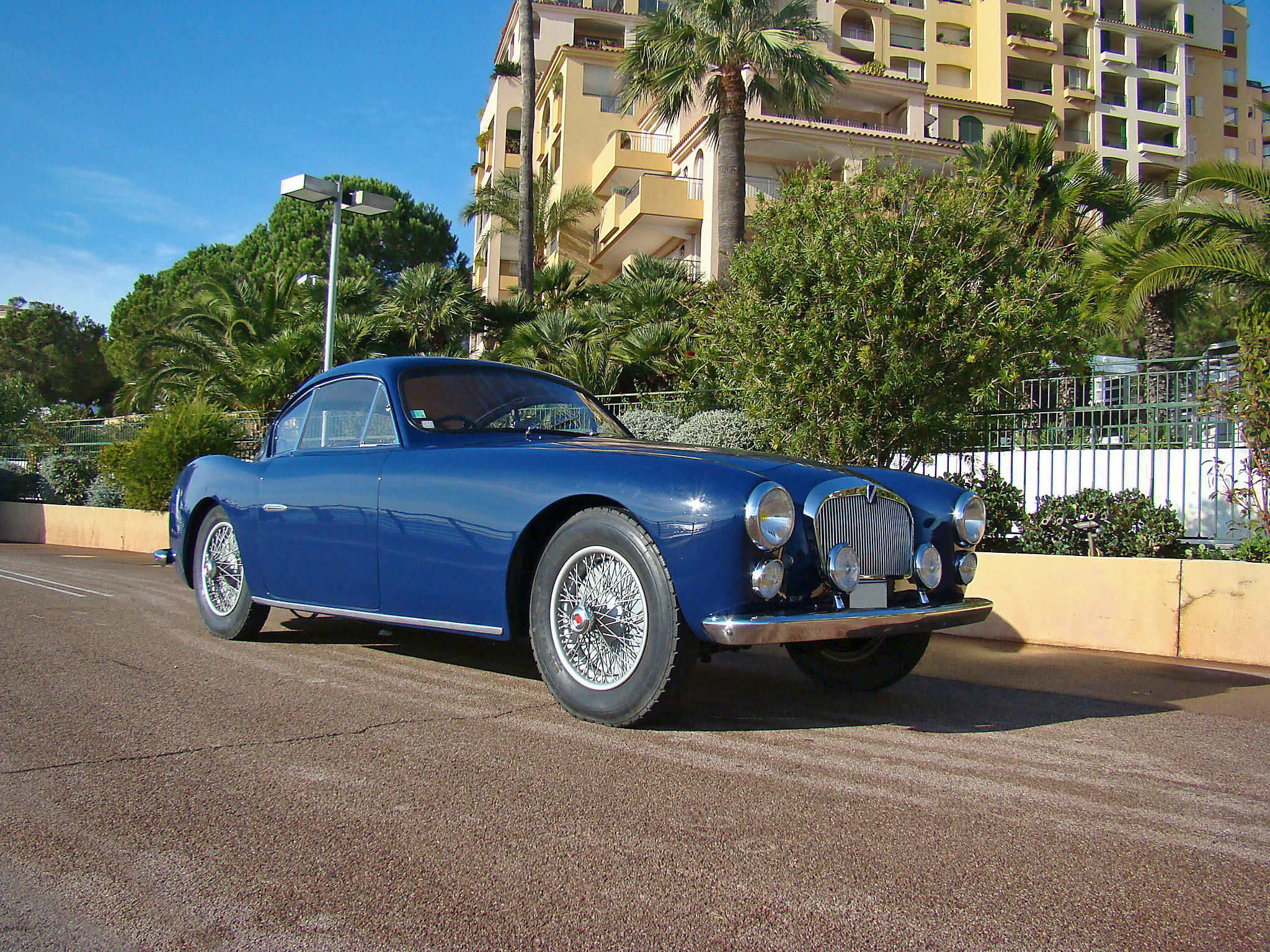

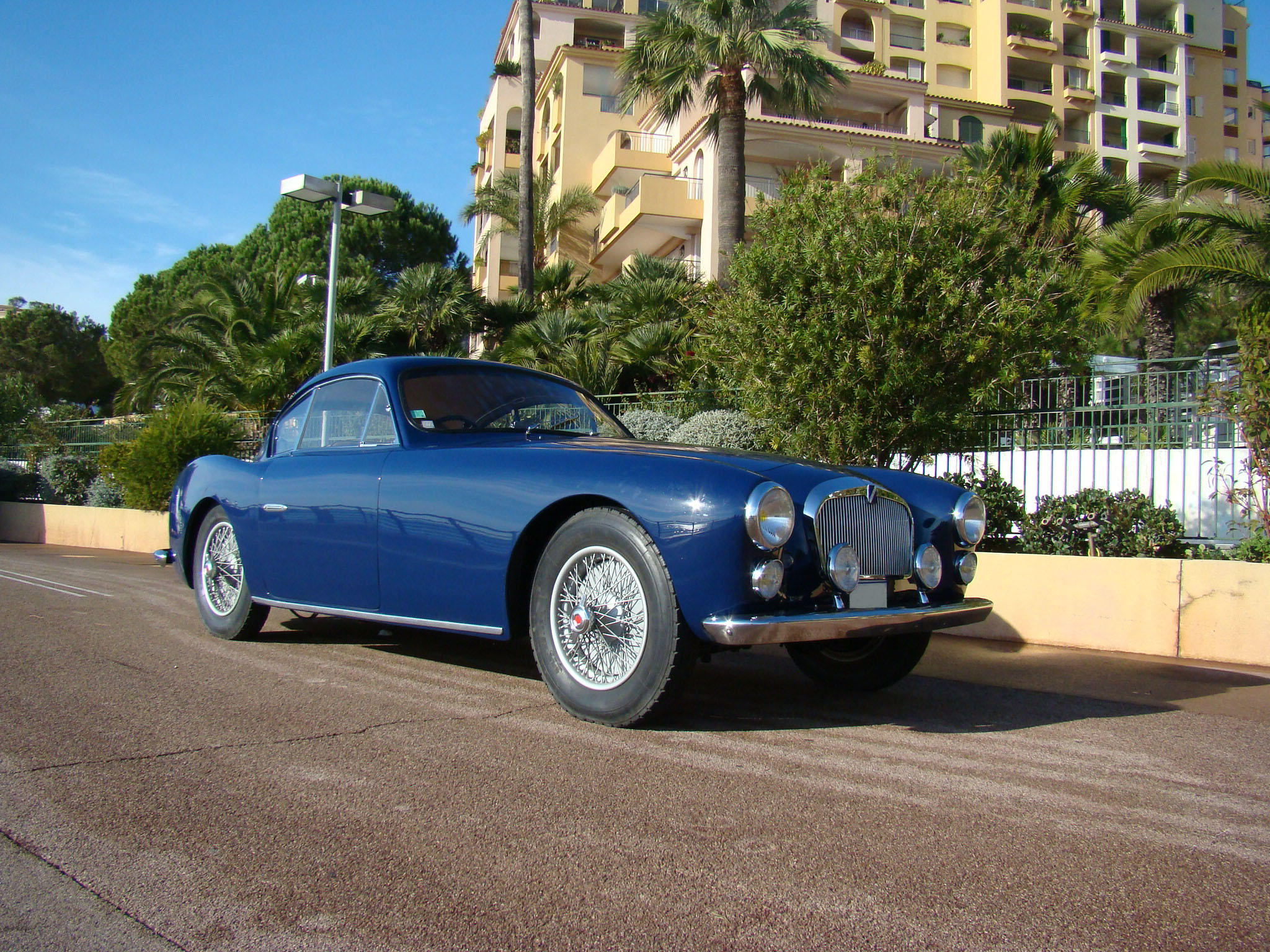


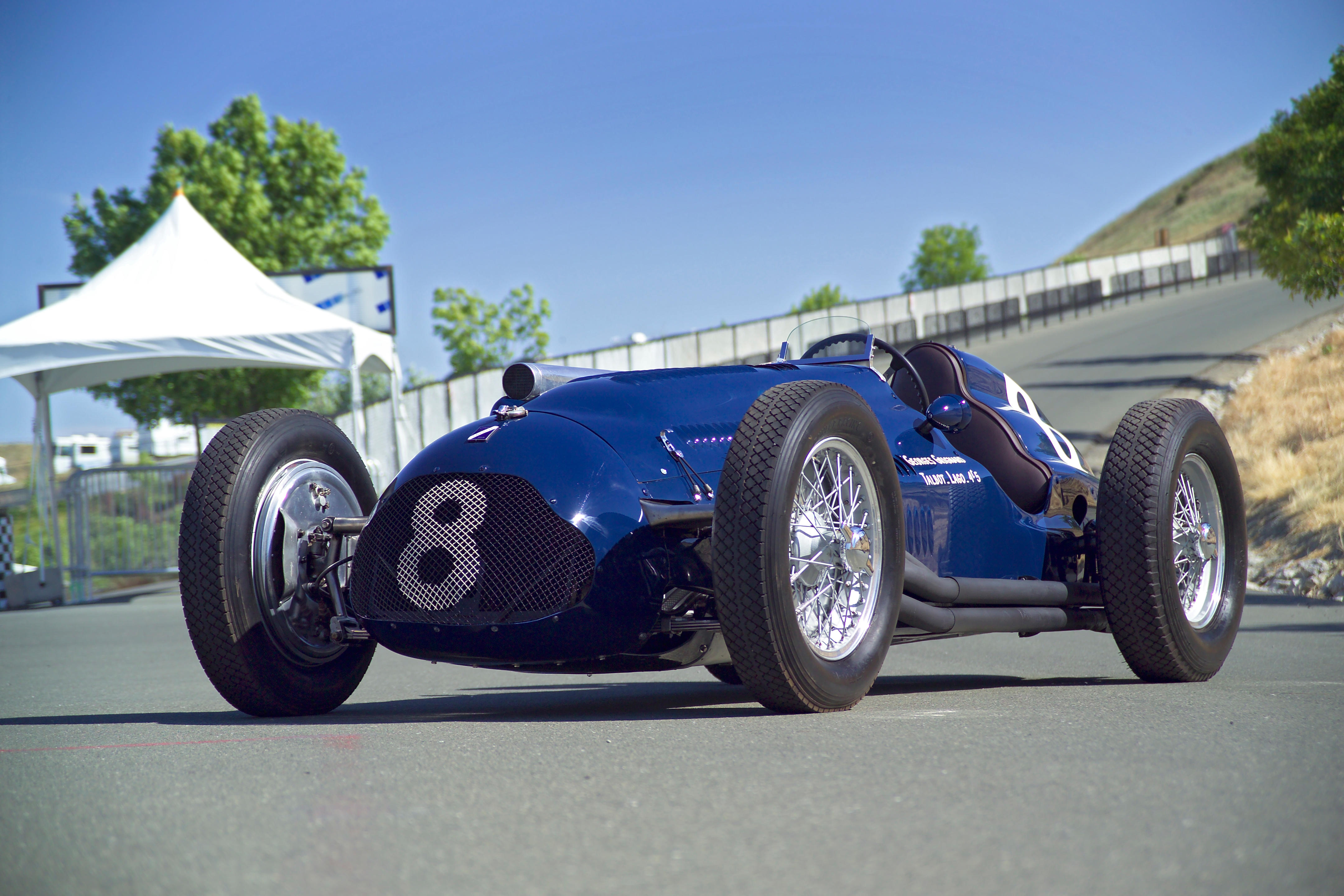
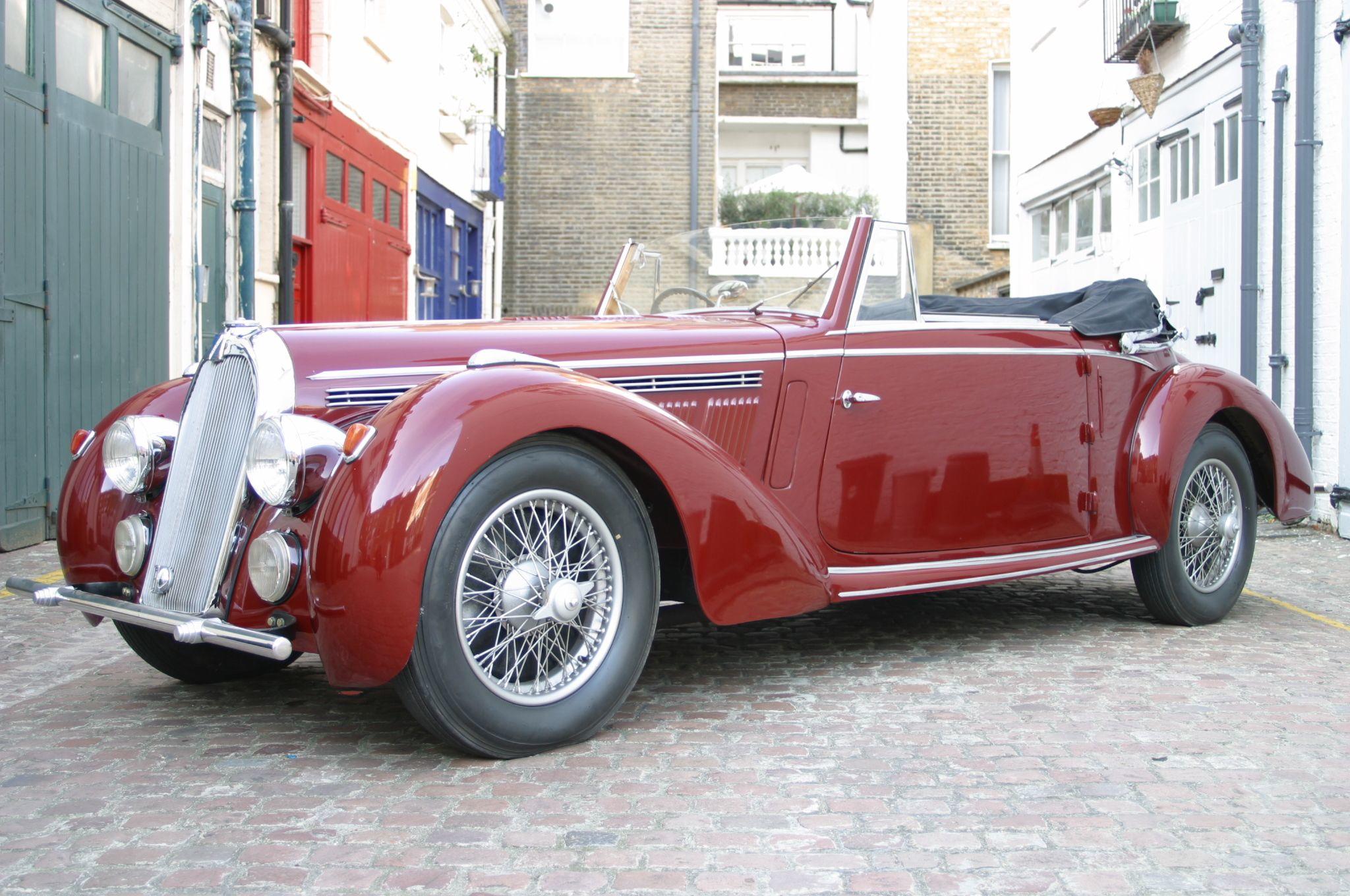
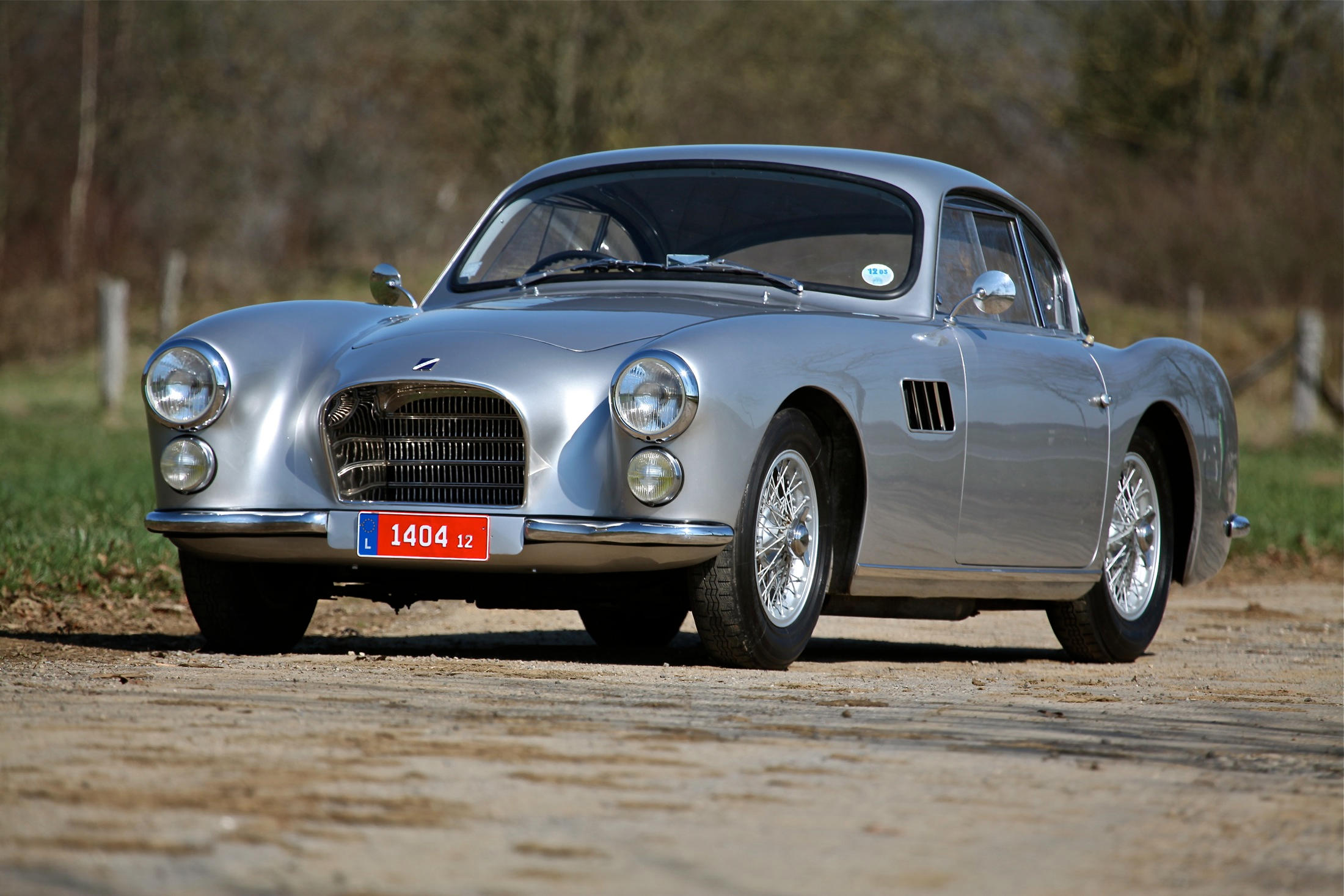
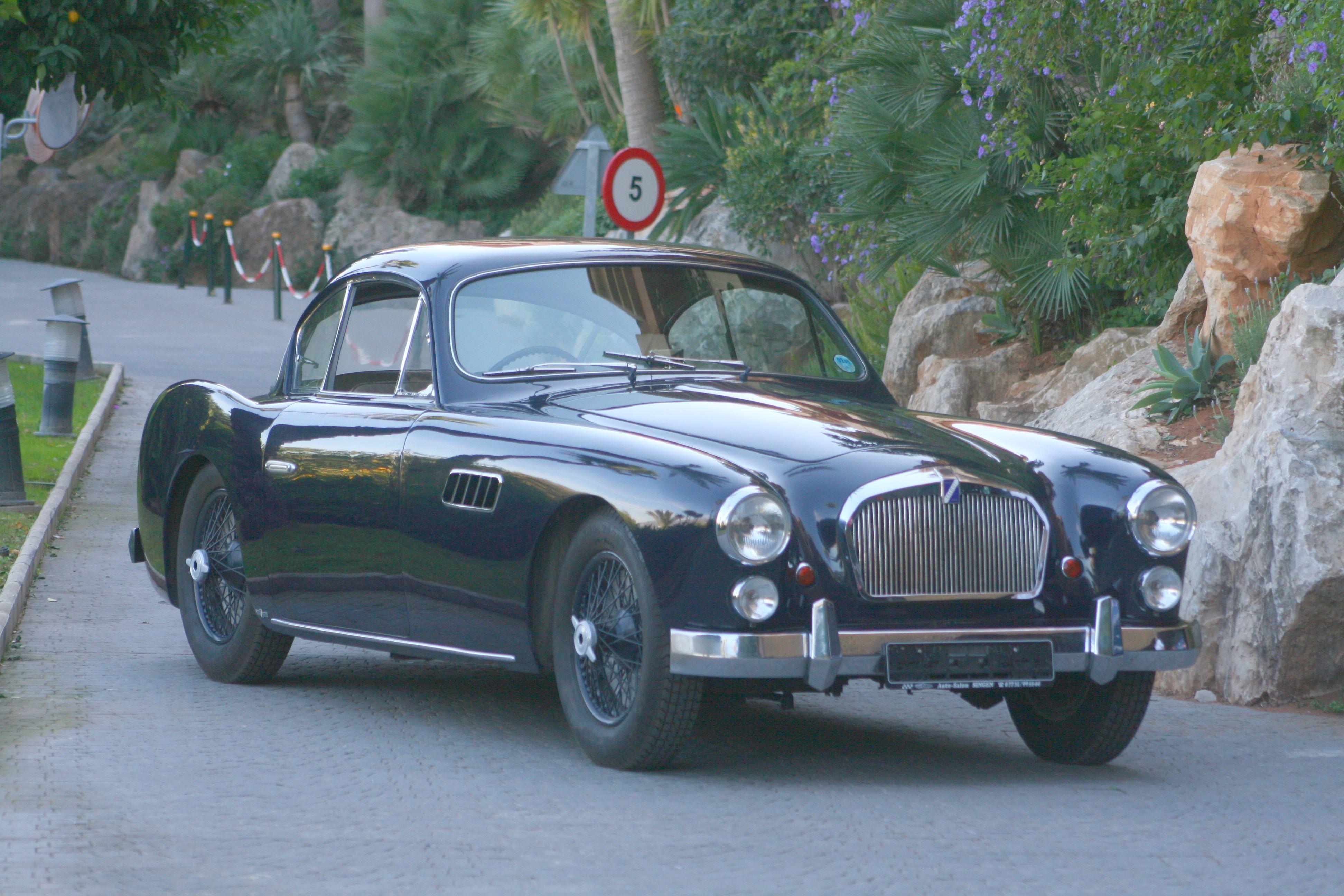
Testen Sie LotSearch und seine Premium-Features 7 Tage - ohne Kosten!
Lassen Sie sich automatisch über neue Objekte in kommenden Auktionen benachrichtigen.
Suchauftrag anlegen